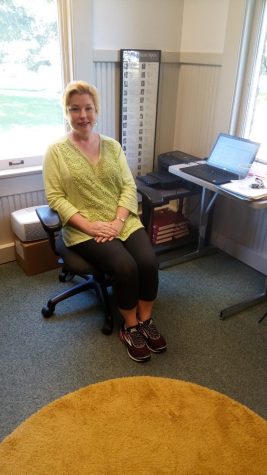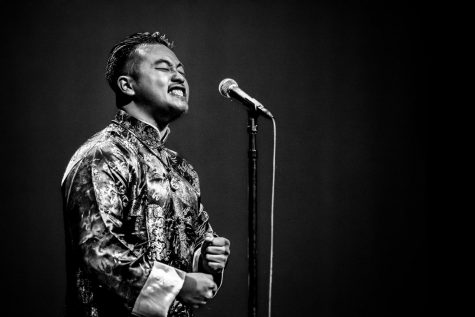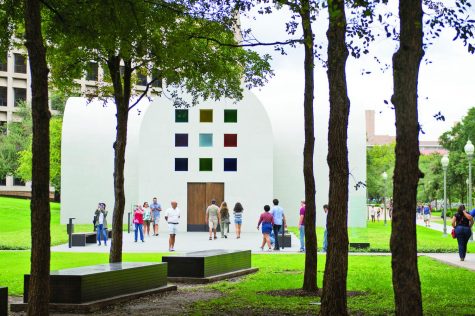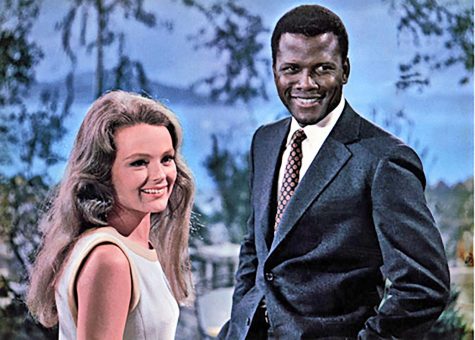Parkour comes to Austin
If martial arts are the fight of the “fight or flight” response in human instincts, then parkour is the flight.
Parkour has been called the French art of running away, but that is a poetic oversimplification. In French, parkour is l’art du déplacement, or “the art of movement,” and it has become popular among St. Edward’s University students.
Also described as the fastest way of getting from point A to point B, parkour is running, jumping, climbing, vaulting, flipping and any other physicalities one’s body can handle, combined with whatever structures happen to be around. If you have ever seen an action movie where someone runs up a wall and flips off, leaps from one wall to hang from another by his fingertips, or somersaults over objects, you have an idea of what parkour entails.
A notable aspect of parkour is that it is specifically non-competitive, focusing instead on personal development, said Walter Anderson, a freshman at St. Edward’s.
“The only person you’re competing against is yourself,” he said. “You’re just trying to get better.”
Anderson said parkour is about overcoming obstacles.
“Whether it’s a physical obstacle … or maybe it’s a mental barrier, maybe there’s one thing you would like to do and you can’t, and there’s that fear that’s behind it. Parkour lets you face that fear and then overcome it,” Anderson said.
“Casino Royale,” the James Bond film, was noted for containing an extensive amount of the art. The film featured Sébastian Foucan, one of parkour’s founding members, as the elusive bomb-maker that Daniel Craig pursues through a construction site in the impressive opening sequence.
Parkour was established in France, mainly through the efforts of the Belle family. Raymond Belle designed a pre-cursor to parkour as a way for firefighters to move more effectively through burning buildings and perform more successful rescue operations. Raymond Belle’s son David Belle (who starred in the 2004 and 2009 French action “Banlieu 13” films) and a group of friends developed these strategies into what today is parkour.
Parkour’s popularity had since expanded and the art has found an international fan base. YouTube videos and films such as “Live Free or Die Hard” and “Wanted” were the catalysts for its growing popularity.
Matthew Lee Willis, president and founder of Texas Parkour, said he “got into [parkour] by watching a video, like everyone else.”
Willis said his five years of training in parkour has taught him to use his body.
“I can just move,” he said. “I don’t need a skateboard, I don’t need wheels. I can just use what I have and do it anywhere.”
Austin Parkour, of which Willis is a city leader, holds training and practice sessions on Wednesdays in Waterloo Park.
Levi McGlathery, an Austin Parkour regular who has been training for three years, said he became interested in parkour because of the opportunity to be physical without having to deal with the rigors and competition of organized sports.
“[Parkour is] more free form, free base. [You can] go at your own pace and have fun,” McGlathery said.
Jimi Gibbs, a visitor to the Austin group from Melbourne, Australia, said parkour has a depth that other activities do not.
“It has the essence of old school martial arts because it carries with it a lot of lessons you can take into your life,” Gibbs said. “But on the other side, it is a brand new thing, so we’re still exploring some of the movement, some of the dynamics…You’re ever-expanding, ever-pushing your own limits.”
For more information about Texas Parkour, visit http://www.texasparkour.com. [email protected]





